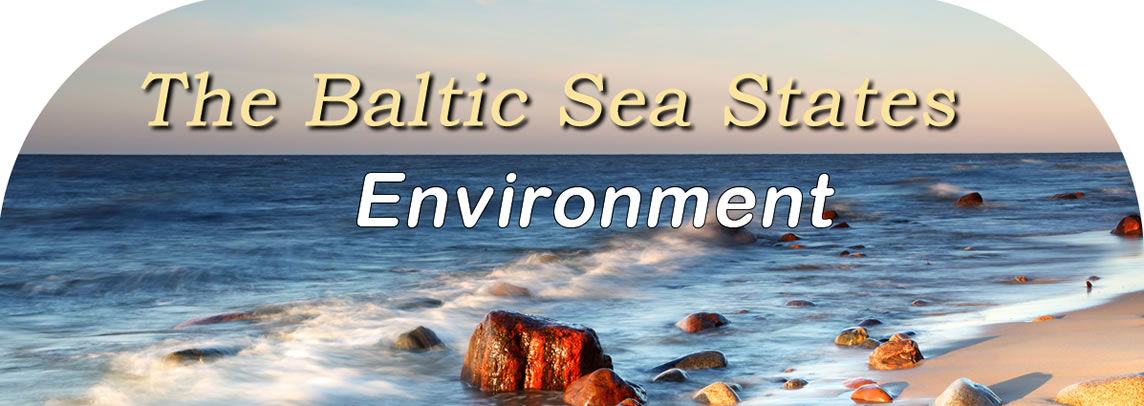
Environmental issues in Norway With about 70 percent of the land uninhabitable, Norwegians have always had ample wilderness available. This has given them a fairly positive view of nature. They can appreciate its beauty, but they also realize that this leaves them with less land that can provide for them. They're not totally against the idea of using nature when the benefits greatly outweigh the harm. One traditional example of this that has lasted for centuries is fishing and whaling. While there was not much of an issue with over-fishing in past centuries, Norway has become aware of the need to place controls on the practice in the last several decades. In the process, they have learned that working with other countries is an important key in successful conservation. Recent problems with depletion of fish stocks in the Barents Sea were handled by working with Russia to bring the situation under control. Whaling is another area where Norway is taken measure to preserve various species of whales while maintaining its own whaling industry. The Norwegians prohibited hunting on all species but the Minke whale. Even in this case, they restrict their harvest to roughly one percent of the estimated whale population. Oil drilling has presented a more complicated situation for Norway. A large portion of the country is in the arctic region. This makes it very vulnerable to the effects of global warming. Norway's economy relies on oil for a good part of its income. The country is more than a little reluctant to shut down operations. They have been very careful in extracting oil from the North Sea since oil was discovered there in the late 1960s. The problem is that the production of carbon dioxide results from the normal use of oil. So far, Norway's main approach to battling global warming has been to assist with reforestation programs in tropical countries and experiment with technology to capture carbon dioxide from the atmosphere. This approach hasn't entirely satisfied the more environmentally concerned segments of their society. They have had more success in working with other countries in Europe to control other forms of air pollution. The Chernobyl accident demonstrated how vulnerable Norway is to air currents from the east. At the same time, the coast of Norway enjoys a relatively mild climate because of air and ocean currents from the southwest. This makes the country a destination for pollutants from all over Europe. On top of this, the arctic region of the country has the same problem as other cold climates. They don't easily recover from environmental damage. This has made Norway especially aware of the need to prevent the pollution from reaching them in the first place. Their ability to work with other countries has provided a good example for others to follow. © Baltic21.org 2013, All Rights Reserved |
